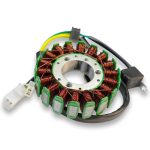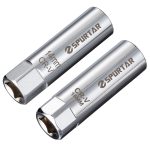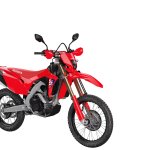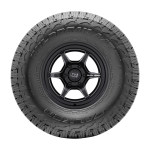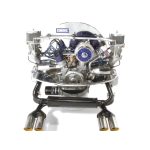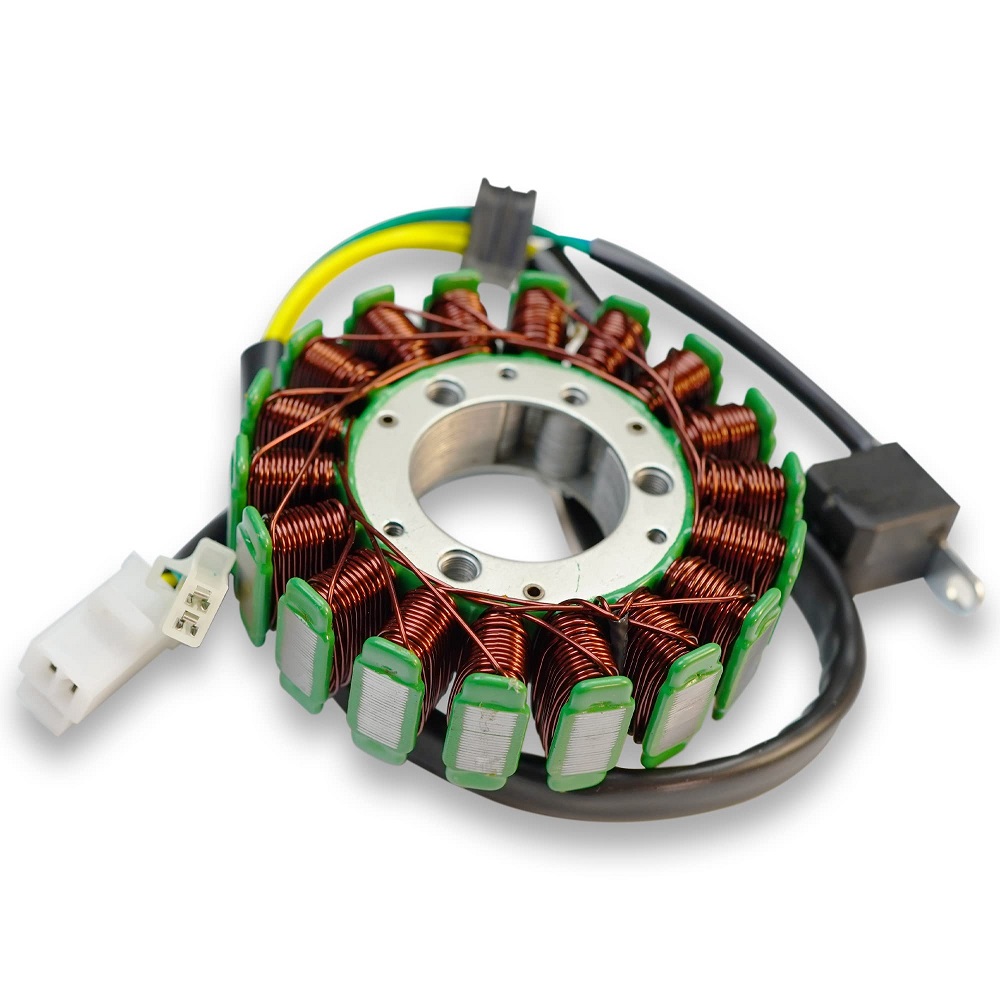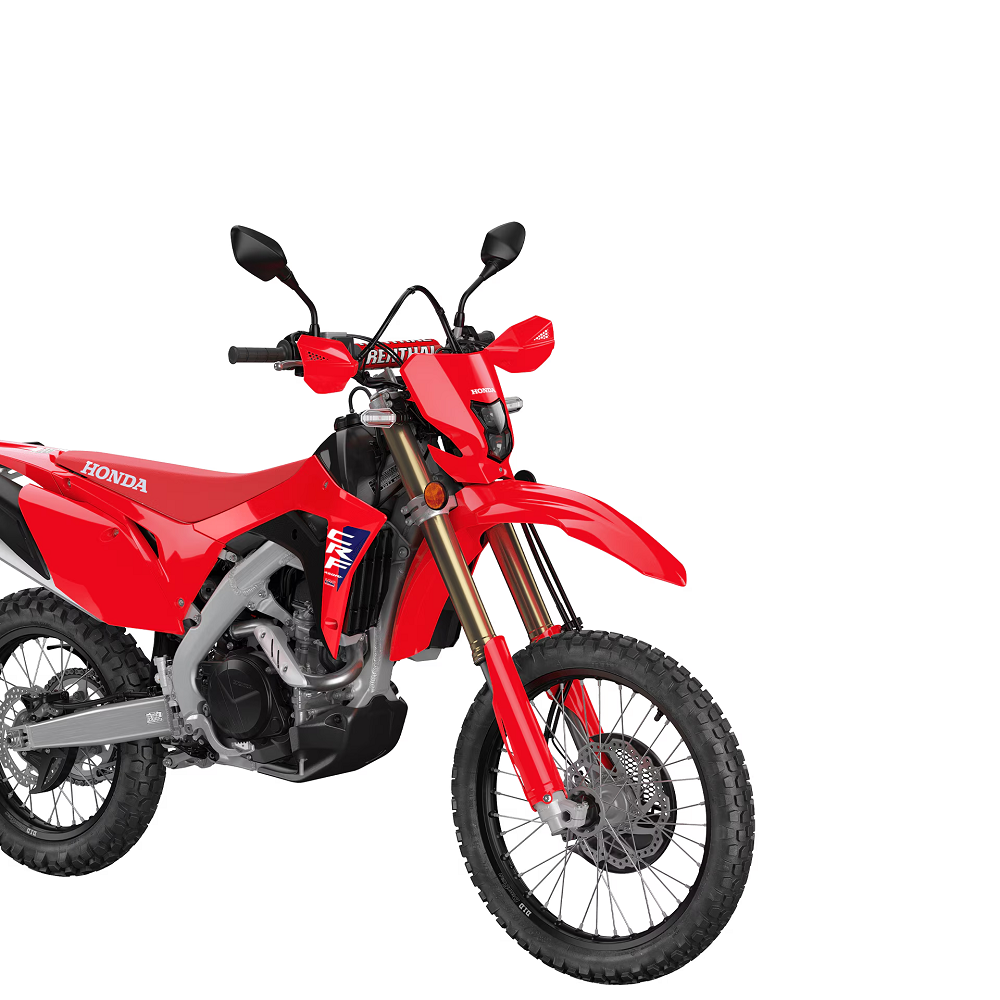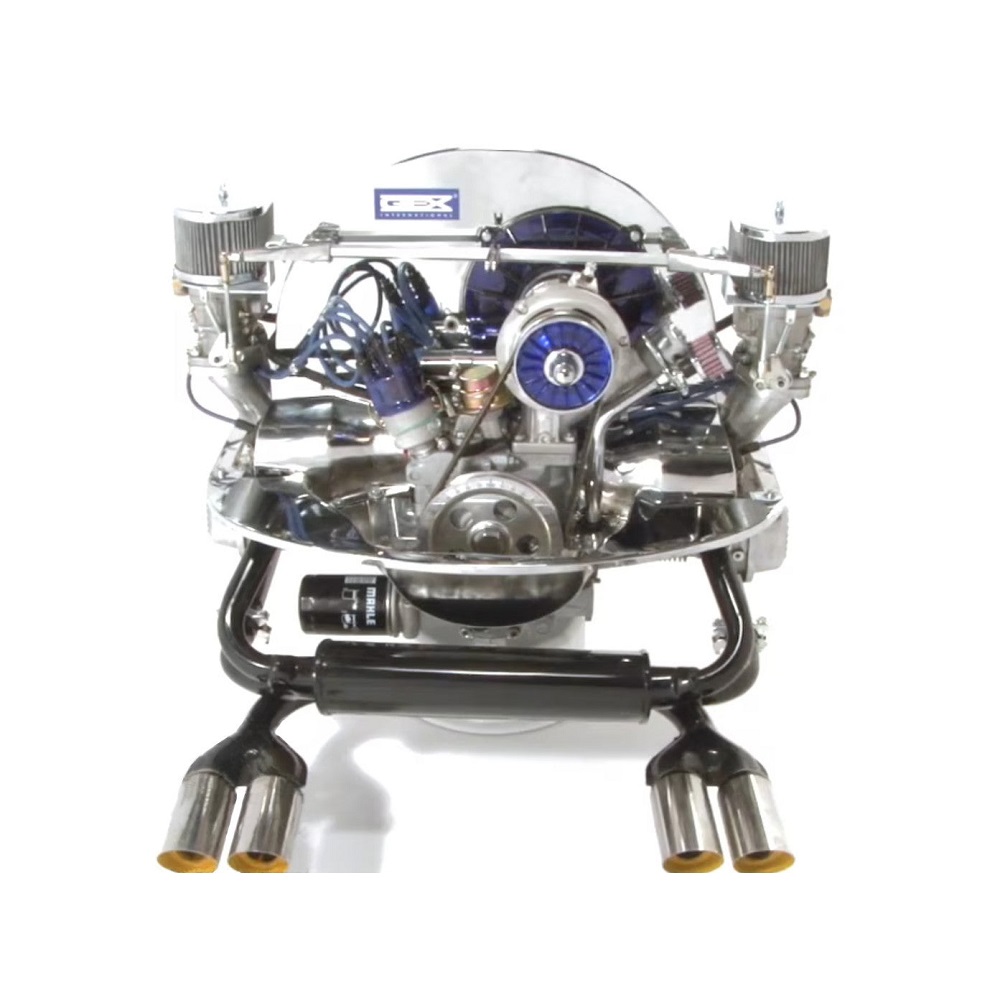A motorcycle engine seized can be a frustrating and disheartening experience for any rider. Understanding how to unseize a motorcycle engine is essential for maintaining your bike’s performance and extending its lifespan. Whether your engine has stalled due to prolonged inactivity, overheating, or lack of maintenance, this guide will provide you with detailed steps to revive your motorcycle’s heart and get you back on the road.
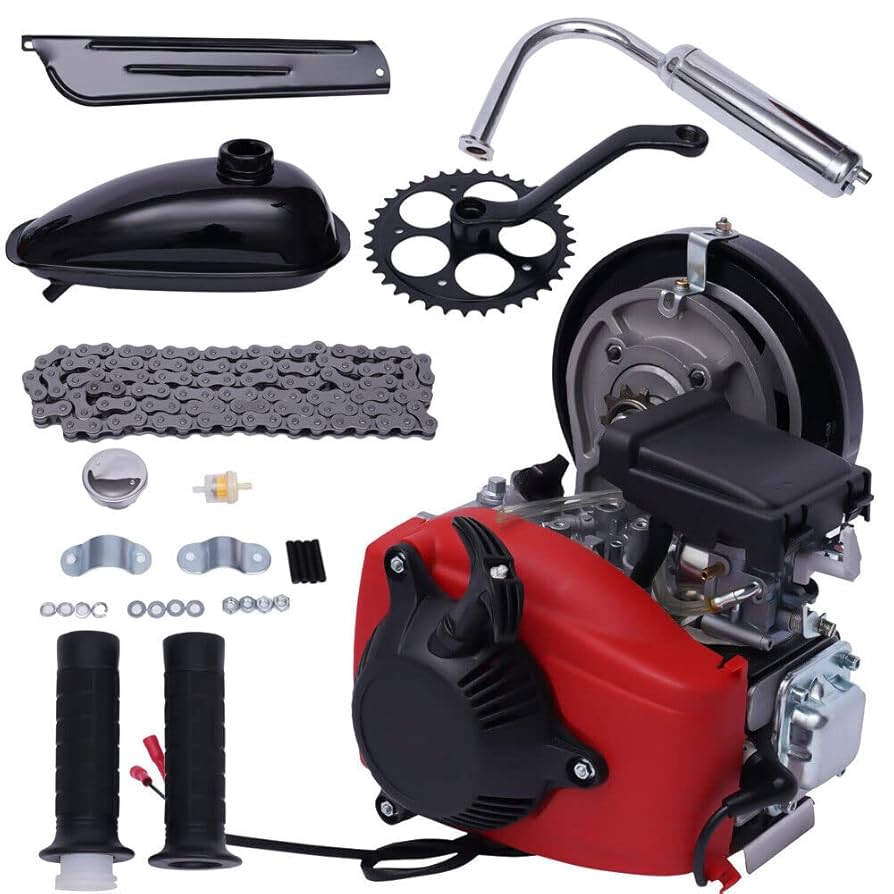 Understanding Why Motorcycle Engines Seize
Understanding Why Motorcycle Engines Seize
Before diving into the methods of unseizing a motorcycle engine, it’s crucial to understand the common causes behind this issue. Recognizing these factors can help prevent future occurrences and ensure your motorcycle remains in optimal condition.
Common Causes of Engine Seizure
- Lack of Lubrication:
Without adequate lubrication, the engine’s moving parts generate excessive friction. Over time, this friction can cause metal components to fuse together, leading to a seizure. - Overheating:
Engines that run too hot can suffer from thermal expansion, where metal parts expand beyond their normal limits. This expansion can cause parts to bind and seize. - Corrosion and Rust:
Exposure to moisture and contaminants can lead to rust formation within the engine. Rust can hinder the movement of essential components, resulting in a seized engine. - Prolonged Inactivity:
Storing a motorcycle for extended periods without running the engine can lead to the accumulation of debris and the drying out of lubricants, both of which contribute to seizure. - Mechanical Failure:
Faulty components, such as pistons, bearings, or the crankshaft, can fail and cause the engine to seize.
Signs Your Motorcycle Engine Might Be Seized
Identifying the signs of a seized engine early can save you from extensive repairs and downtime. Here are some indicators that your motorcycle engine may be seized:
- Difficulty Starting:
If your engine struggles to start or doesn’t start at all, it could be a sign of seizure. - Unusual Noises:
Grinding, knocking, or ticking sounds coming from the engine can indicate internal damage leading to seizure. - Overheating:
Persistent overheating despite adequate cooling measures can suggest that internal components are binding. - Reduced Performance:
A sudden drop in engine performance, such as loss of power or stalling, may signal engine seizure. - Visual Inspection:
Removing the spark plug and observing the pistons can reveal if they are moving freely or stuck in place.
Tools and Materials Needed to Unseize a Motorcycle Engine
Before attempting to unseize a motorcycle engine, gather the necessary tools and materials to ensure a smooth and effective process. Here’s what you’ll need:
- Penetrating Oil:
A high-quality penetrating oil helps loosen rust and corrosion that may be causing the engine to seize. - Wrenches and Screwdrivers:
These are essential for disassembling parts of the engine to access the seized components. - Pistons and Bearings Lubricant:
Specialized lubricants ensure that the moving parts are adequately coated and protected during the unseizing process. - Crank Puller:
This tool assists in removing the crankshaft if it’s stuck due to seizure. - Heat Gun or Propane Torch:
Applying heat can help expand metal parts, making it easier to free them. - Cleaning Supplies:
Degreasers, brushes, and rags are necessary for cleaning off rust and debris from engine components. - Safety Gear:
Gloves, safety glasses, and protective clothing are essential to protect yourself during the repair process.
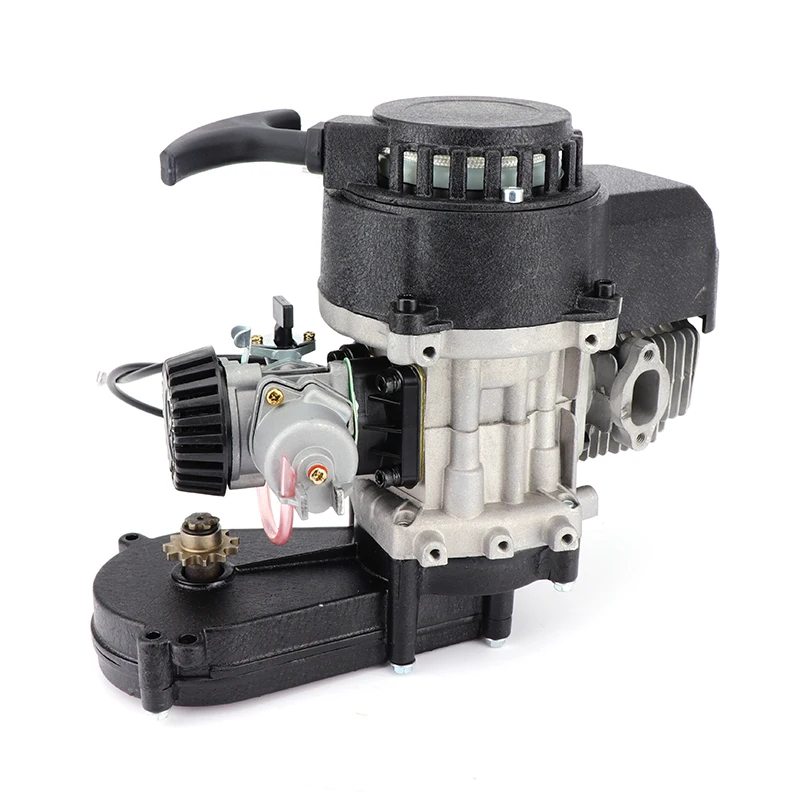 Step-by-Step Guide on How to Unseize a Motorcycle Engine
Step-by-Step Guide on How to Unseize a Motorcycle Engine
Reviving a seized engine requires patience, precision, and the right techniques. Follow these steps to effectively unseize a motorcycle engine:
Step 1: Diagnose the Problem
Start by confirming that the engine is indeed seized. Remove the spark plug and attempt to manually rotate the engine using a wrench on the crankshaft bolt. If the engine doesn’t turn or moves very stiffly, it’s likely seized.
Step 2: Apply Penetrating Oil
Generously apply penetrating oil to the seized areas. Let the oil soak in for several hours or overnight. This process helps loosen rust and corrosion, making it easier to free the stuck components.
Step 3: Gently Tap the Engine Components
Using a rubber mallet, gently tap the engine block and other components. This can help break the bonds formed by rust and debris, facilitating the loosening process. Be careful not to apply excessive force, which could cause further damage.
Step 4: Apply Heat
Heat can expand metal parts and break the seal causing the engine to seize. Use a heat gun or propane torch to evenly heat the engine casing. Avoid overheating, as excessive heat can damage engine components. After heating, attempt to rotate the engine again with the wrench.
Step 5: Manually Rotate the Engine
With the penetrating oil and heat applied, try to manually rotate the engine. Use steady, consistent pressure to avoid sudden movements that could cause parts to break or further seize. If the engine begins to move, continue applying oil and heat as needed until it rotates smoothly.
Step 6: Remove the Crankshaft (If Necessary)
If the engine remains seized after applying oil and heat, you may need to remove the crankshaft. Use a crank puller to extract the crankshaft carefully. Once removed, inspect it for signs of damage or excessive wear. Clean the crankshaft and bearings thoroughly before reinstallation.
Step 7: Clean and Lubricate
After freeing the seized components, clean the engine thoroughly to remove any remaining rust and debris. Use a degreaser and brushes to clean all parts. Once clean, apply a generous amount of pistons and bearings lubricant to ensure smooth operation and prevent future seizing.
Step 8: Reassemble the Engine
Carefully reassemble the engine, ensuring all components are correctly positioned and securely fastened. Double-check all connections and bolts to prevent any loose parts that could cause issues later.
Step 9: Test the Engine
Once reassembled, attempt to start the engine. Listen for any unusual noises and monitor its performance closely. If the engine runs smoothly, the unseizing process was successful. If not, further inspection and professional assistance may be necessary.
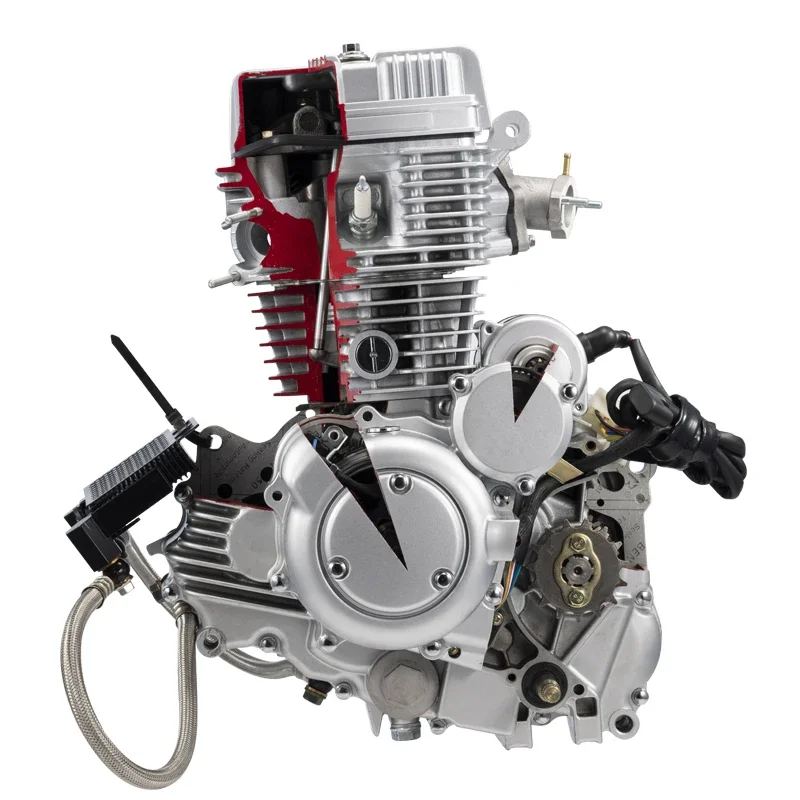 Preventing Engine Seizure in the Future
Preventing Engine Seizure in the Future
Taking preventive measures can help avoid the frustration and expense of dealing with a seized engine. Here are some tips to keep your motorcycle engine running smoothly:
Regular Maintenance
Perform routine maintenance, including oil changes and inspections, to ensure all engine components are well-lubricated and free from debris.
Proper Storage
Store your motorcycle in a dry, sheltered location to prevent moisture buildup and rust formation. Use fuel stabilizers if storing the bike for extended periods.
Avoid Overheating
Ensure your motorcycle’s cooling system is functioning correctly. Regularly check coolant levels and replace them as needed to prevent overheating.
Use Quality Fuel and Lubricants
High-quality fuel and lubricants can reduce the risk of deposit buildup and ensure that engine parts move freely.
Start the Engine Regularly
If you’re storing your motorcycle for a while, start the engine periodically to keep the components moving and prevent them from seizing.
When to Seek Professional Help
While many steps to how to unseize a motorcycle engine can be handled by an experienced DIY enthusiast, certain situations require professional expertise. If you encounter persistent issues despite following the steps outlined above, it’s time to consult a professional mechanic. Additionally, if you’re unsure about any part of the process or lack the necessary tools, seeking professional assistance can prevent further damage to your engine.
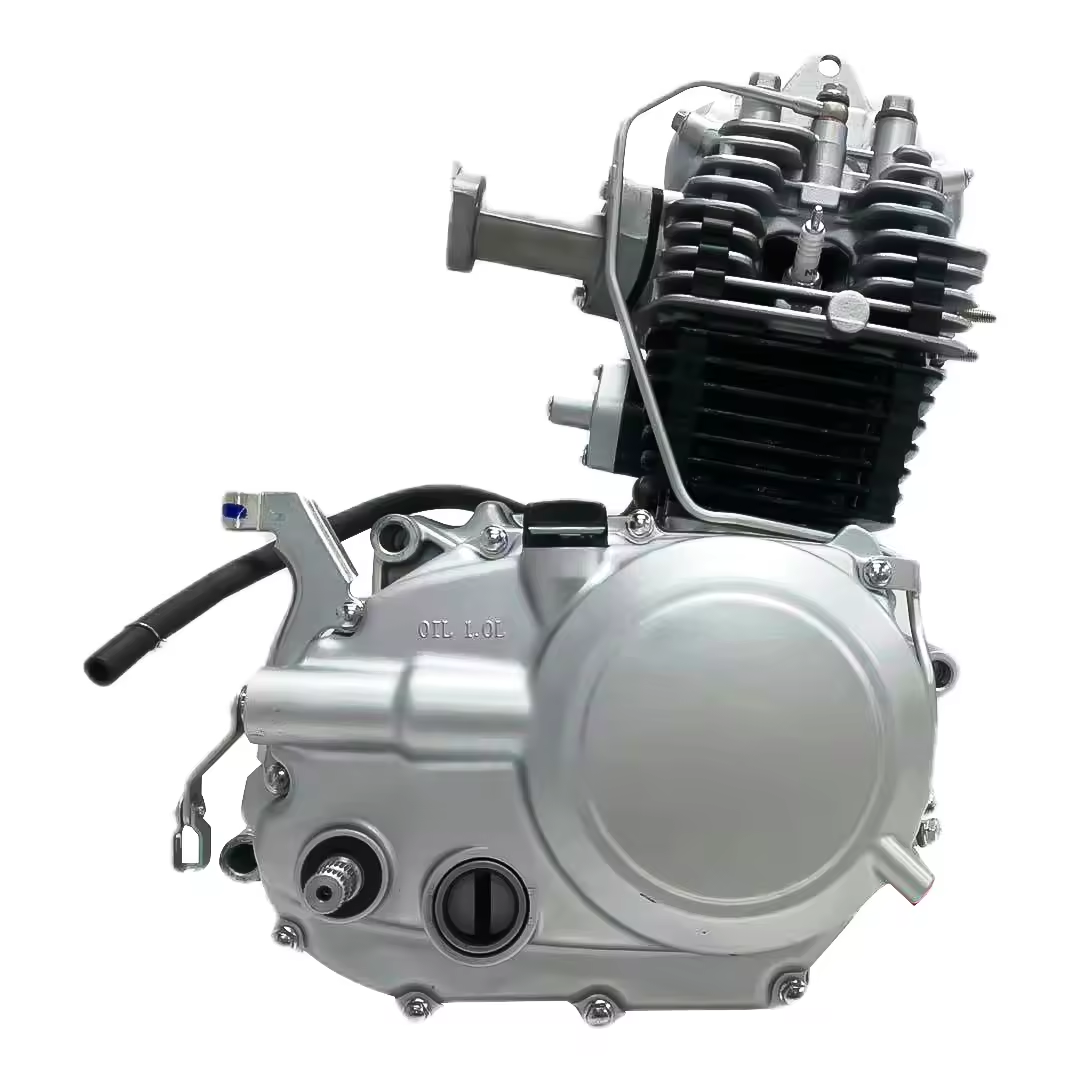 FAQs: Common Questions About How to Unseize a Motorcycle Engine
FAQs: Common Questions About How to Unseize a Motorcycle Engine
Addressing common concerns can provide additional clarity and confidence when dealing with a seized motorcycle engine.
Can I Unseize a Motorcycle Engine Myself?
Yes, with the right tools and knowledge, you can attempt to unseize a motorcycle engine yourself. However, if you’re inexperienced or lack the necessary tools, it’s advisable to seek professional help to avoid causing further damage.
How Long Does It Take to Unseize an Engine?
The time required to unseize a motorcycle engine varies depending on the severity of the seizure and the methods used. It can range from a few hours to several days, especially if multiple attempts are needed.
What Should I Do If My Engine Seizes While Riding?
If your engine seizes while riding, safely pull over and turn off the engine immediately. Do not attempt to restart it, as this can cause further damage. Inspect the engine for visible issues and consult a professional mechanic if needed.
Is It Safe to Ride with a Nearly Seized Engine?
Riding with a nearly seized engine is risky and can lead to catastrophic engine failure. It’s best to address any symptoms of engine seizure promptly to avoid severe damage and ensure your safety.
How Can I Prevent Future Engine Seizures?
Regular maintenance, proper lubrication, avoiding prolonged inactivity, and ensuring your motorcycle doesn’t overheat are key to preventing future engine seizures. Additionally, using high-quality fuels and lubricants can significantly reduce the risk.
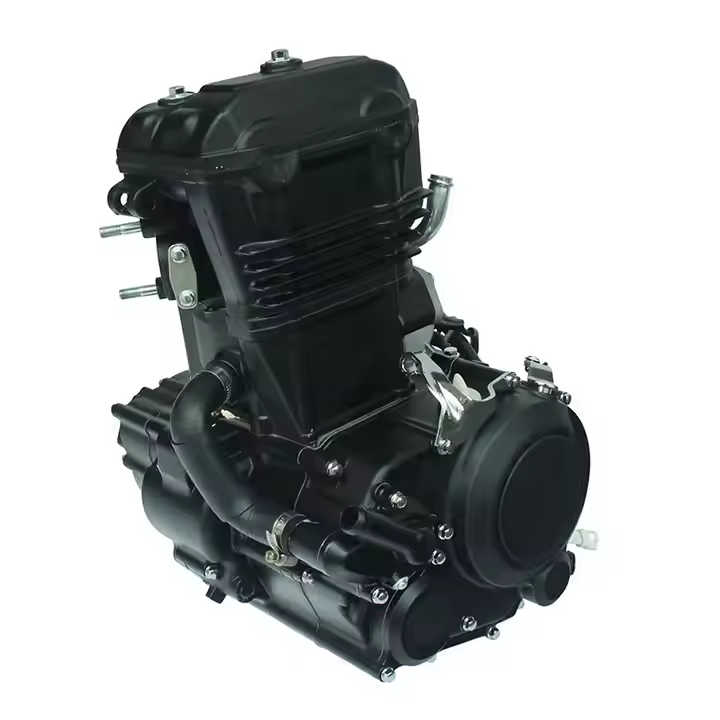 Conclusion
Conclusion
Understanding how to unseize a motorcycle engine empowers you to take immediate action when faced with a frustrating situation. By following the comprehensive steps outlined in this guide, you can effectively address and resolve engine seizure, restoring your motorcycle’s performance and reliability. Remember, regular maintenance and preventive measures are crucial in avoiding future engine seizures, ensuring your bike remains a trusted companion on every journey. Whether you’re a seasoned rider or a motorcycle enthusiast, mastering these techniques will enhance your ability to care for your motorcycle and extend its lifespan. Stay proactive, keep your engine well-maintained, and enjoy the freedom that comes with a smoothly running motorcycle.
